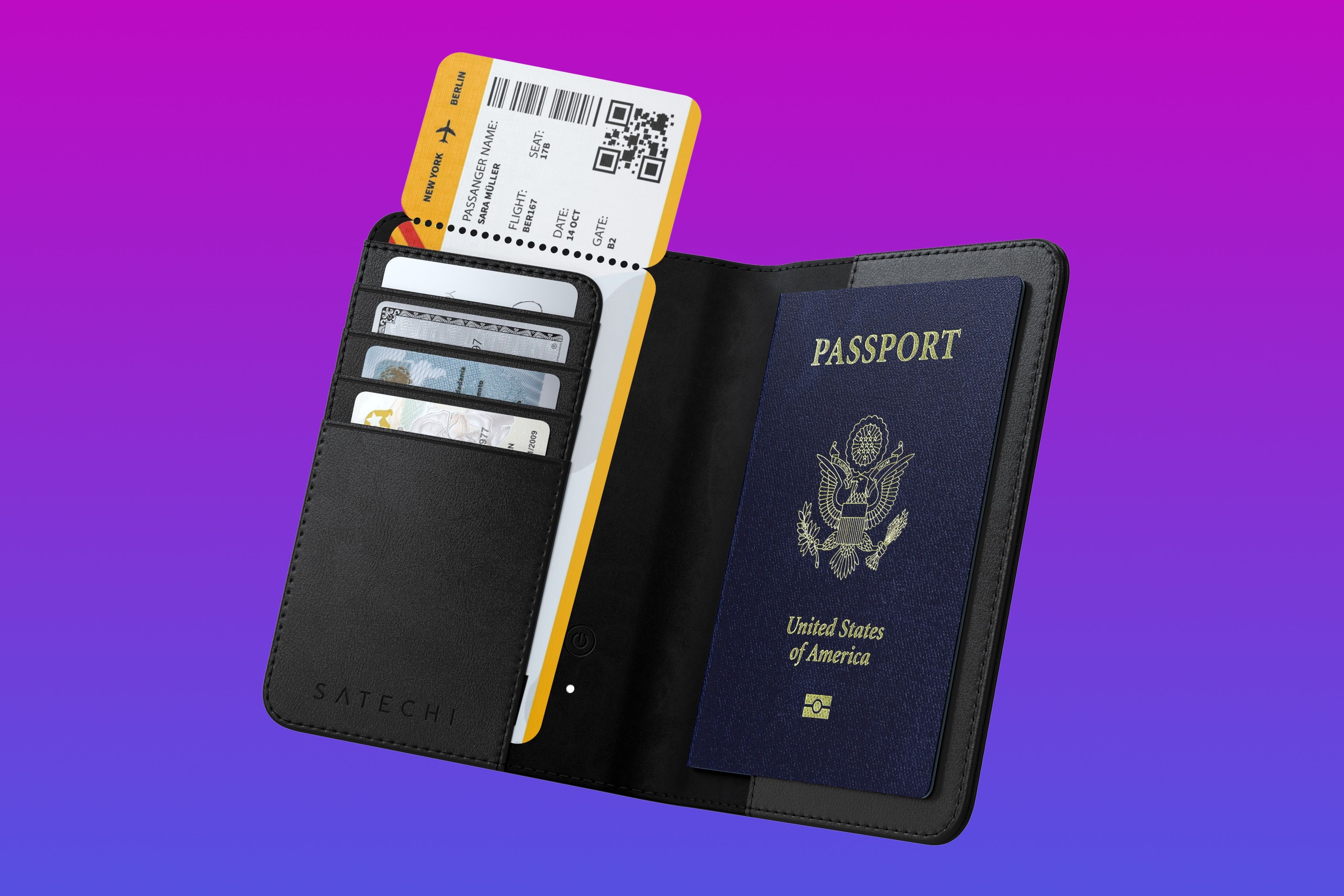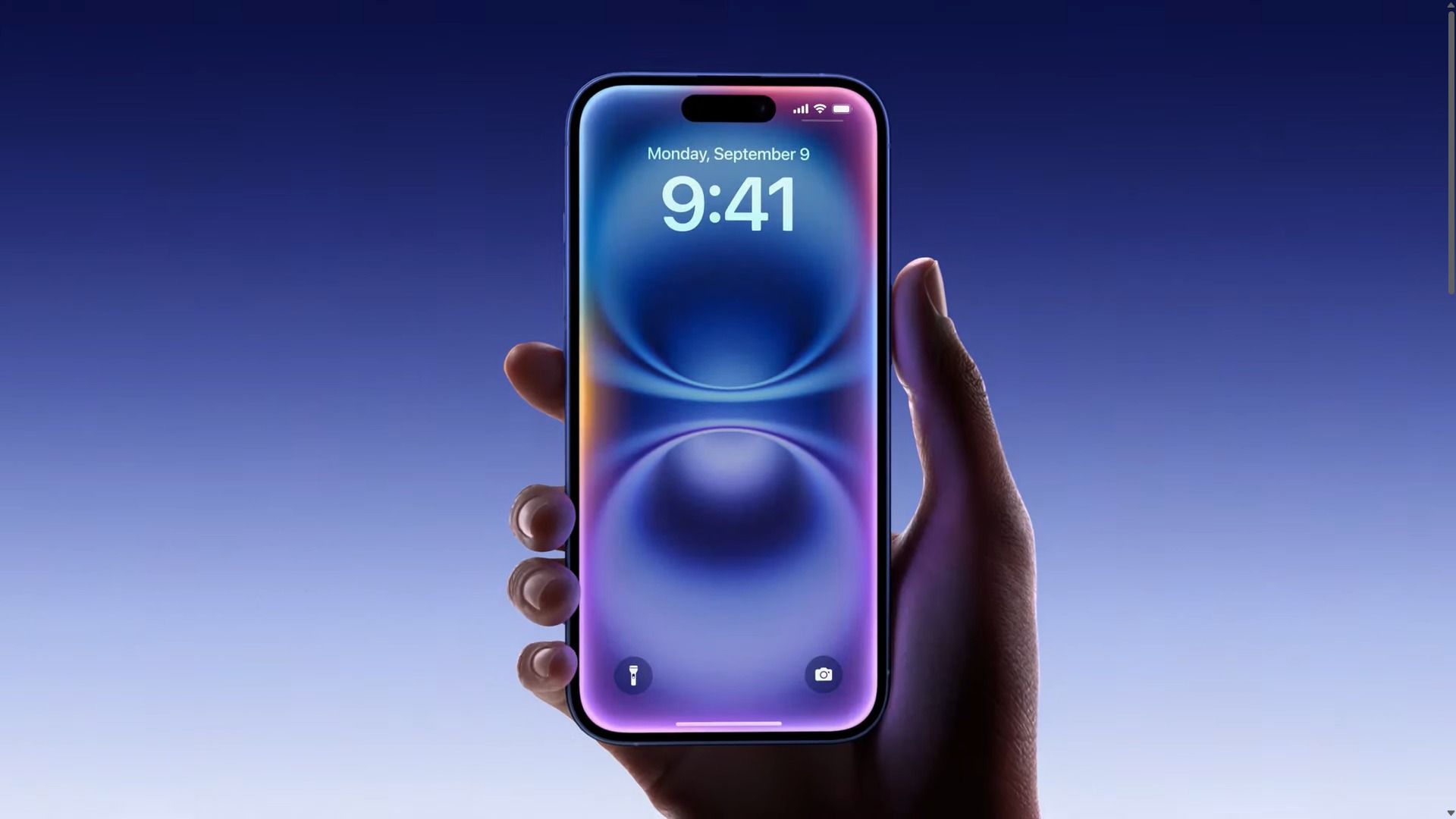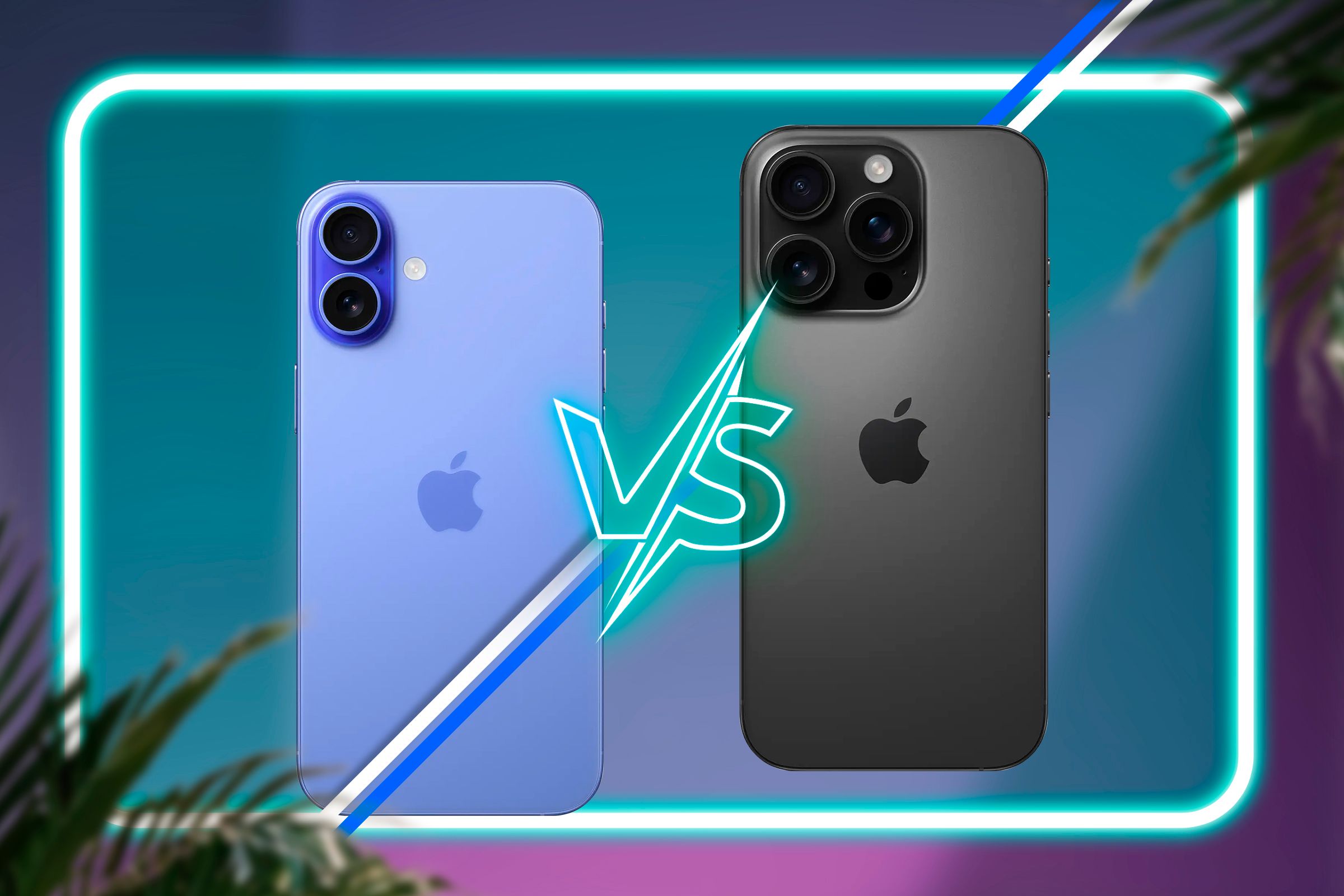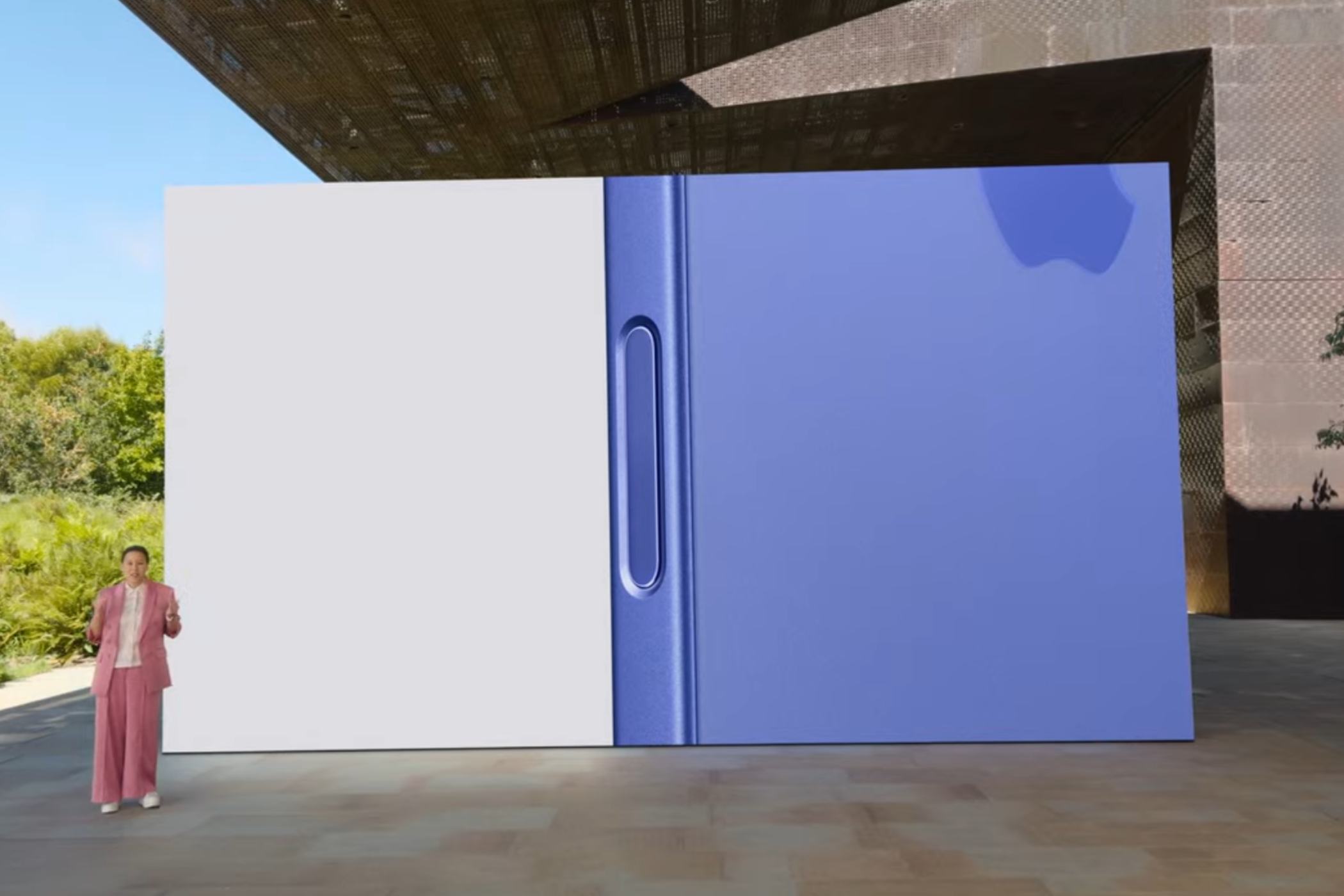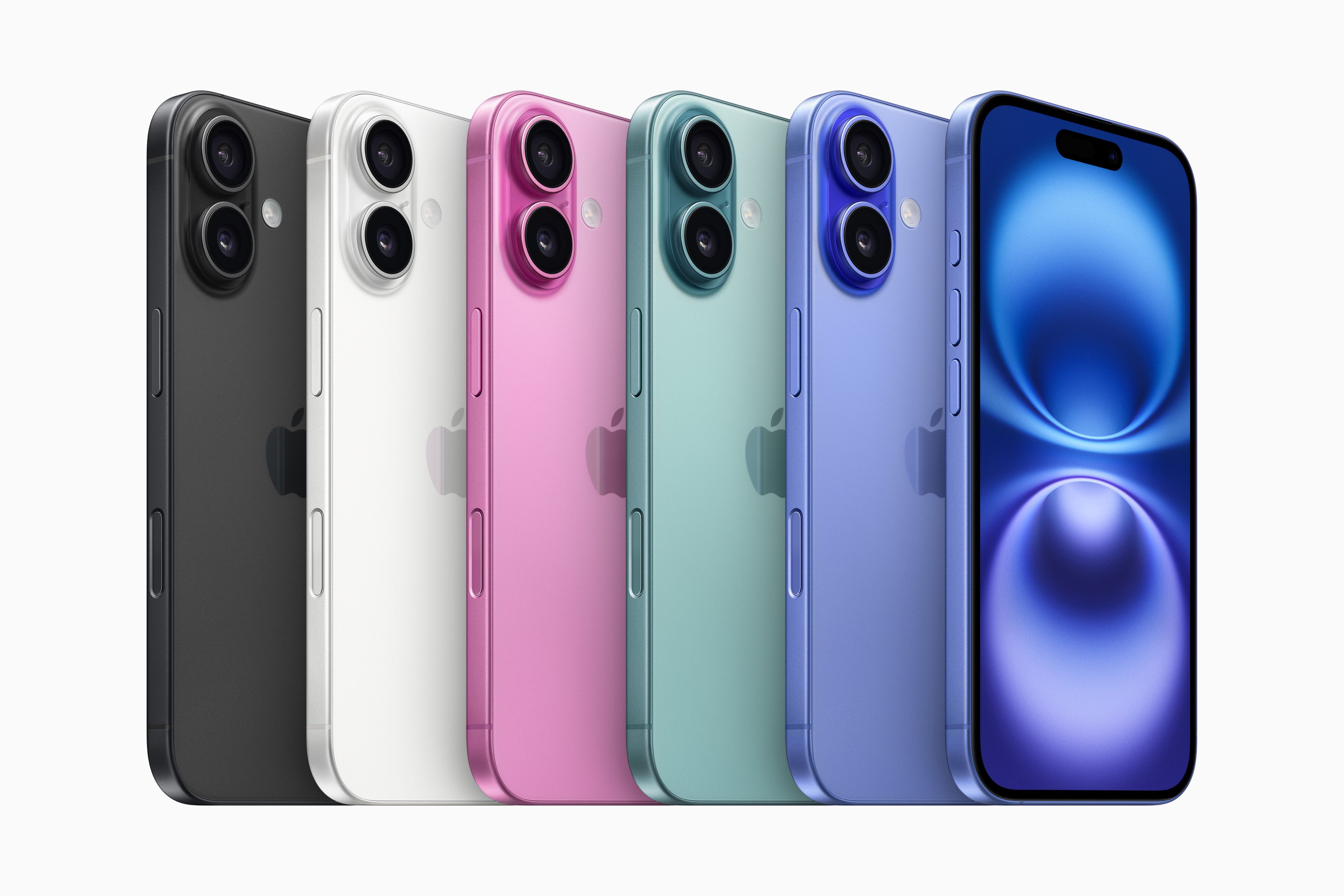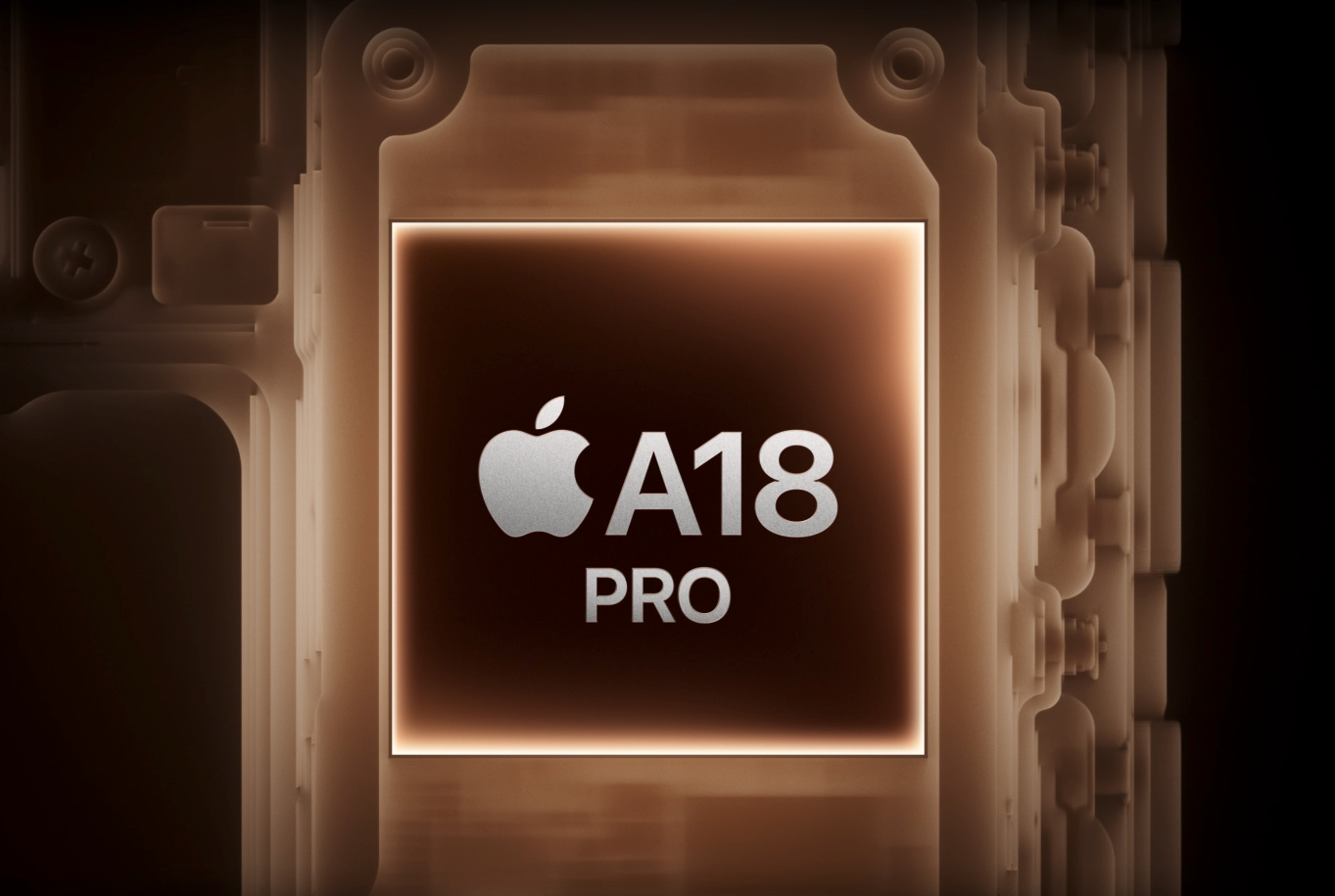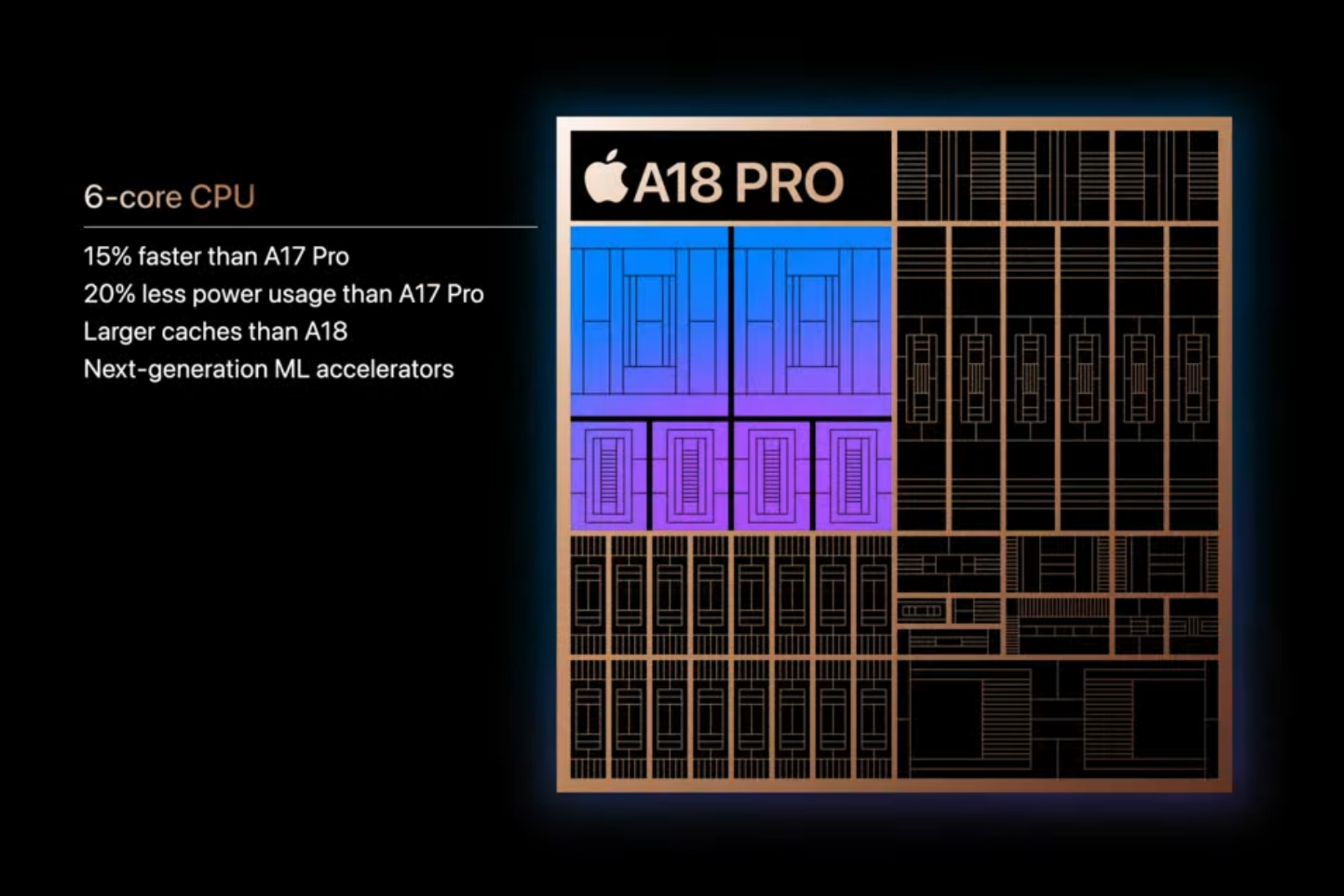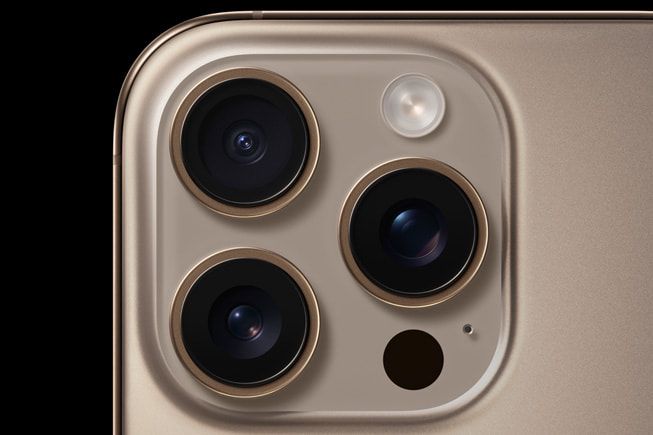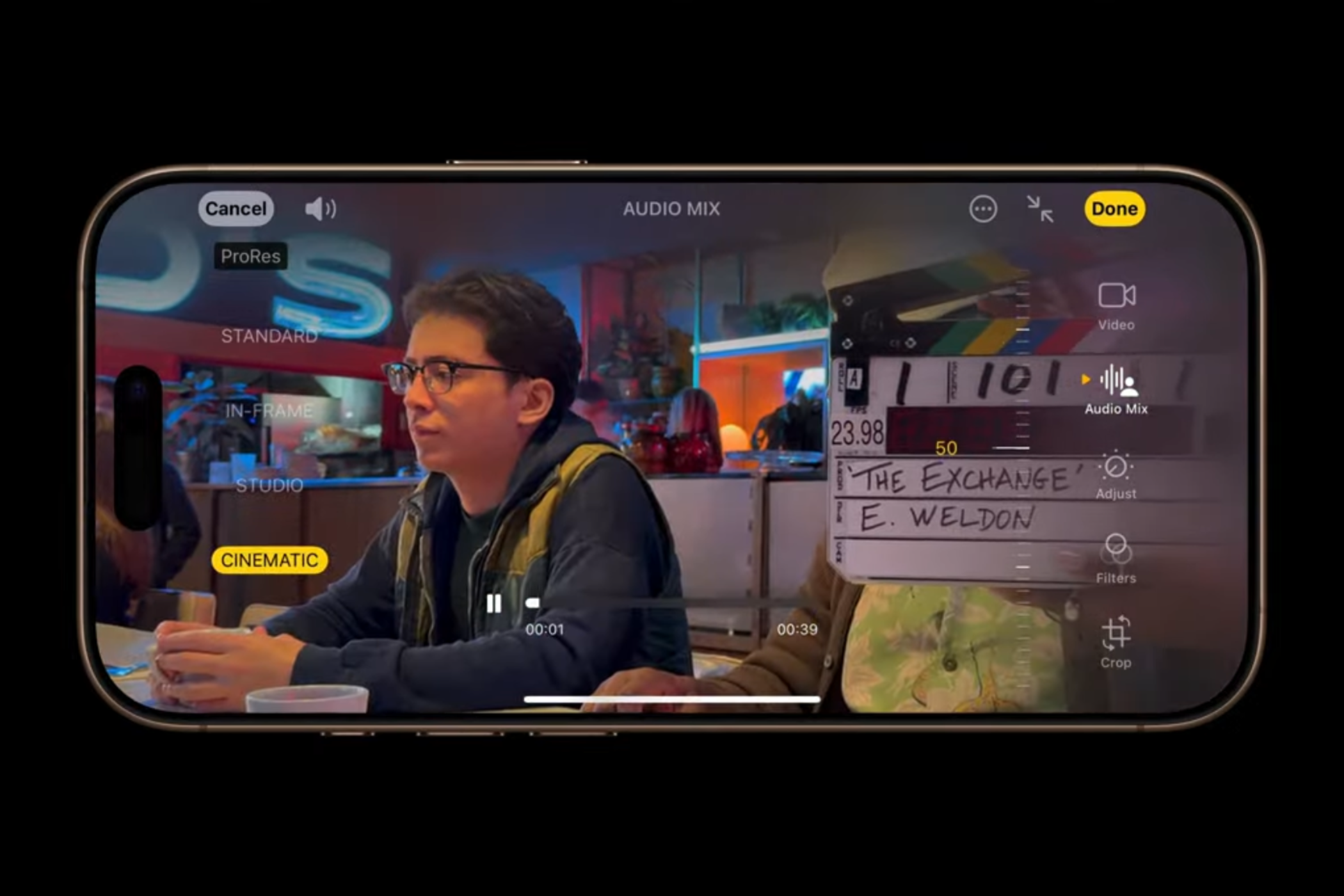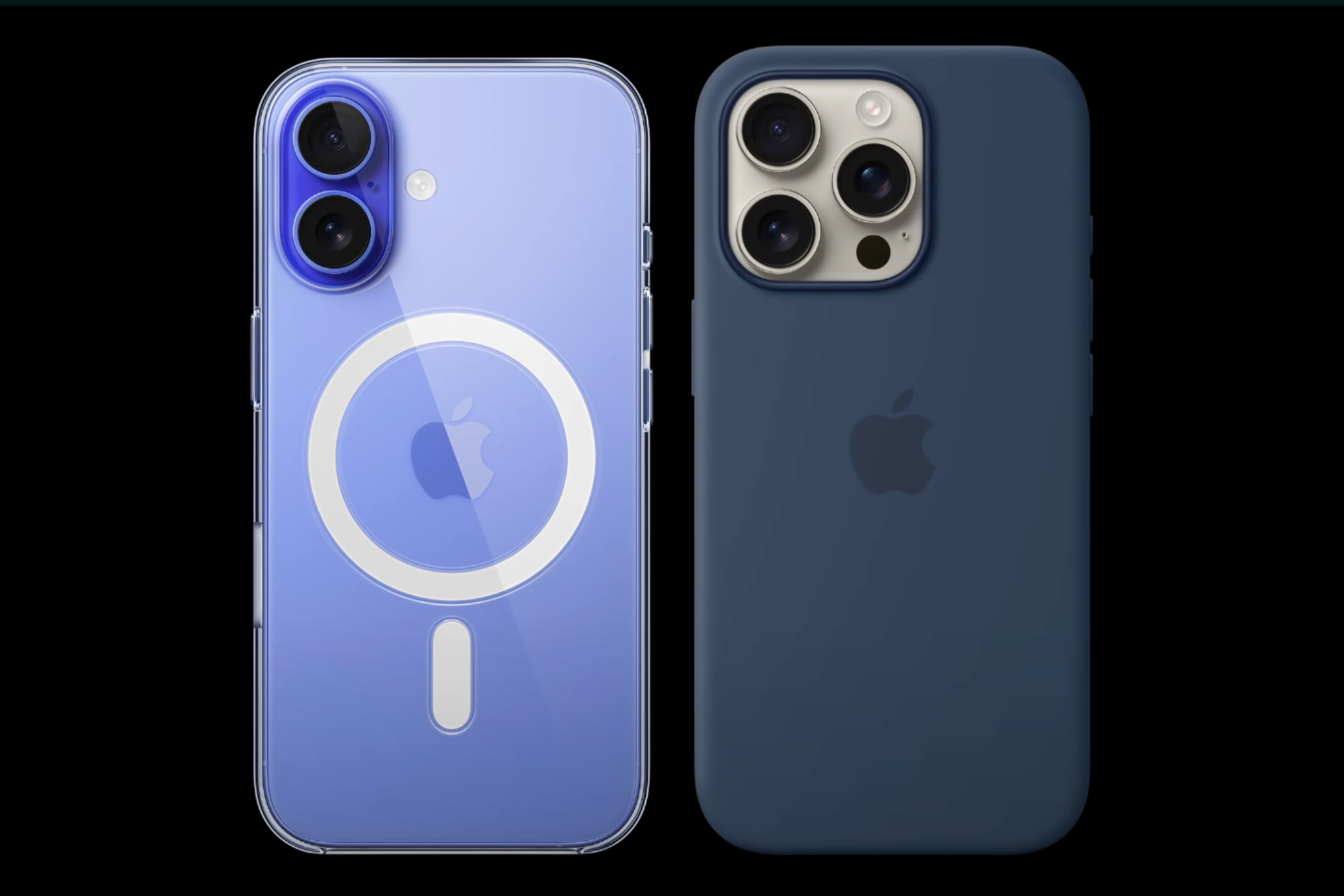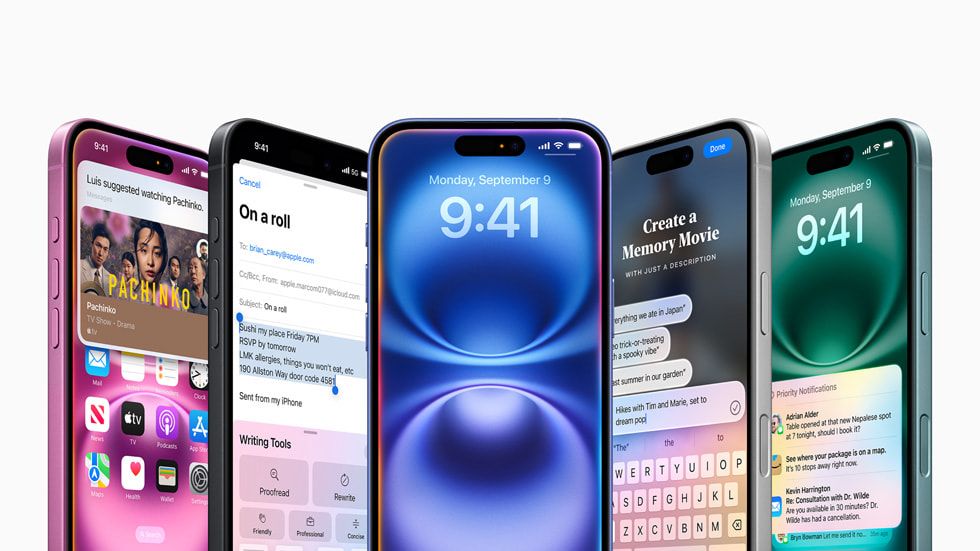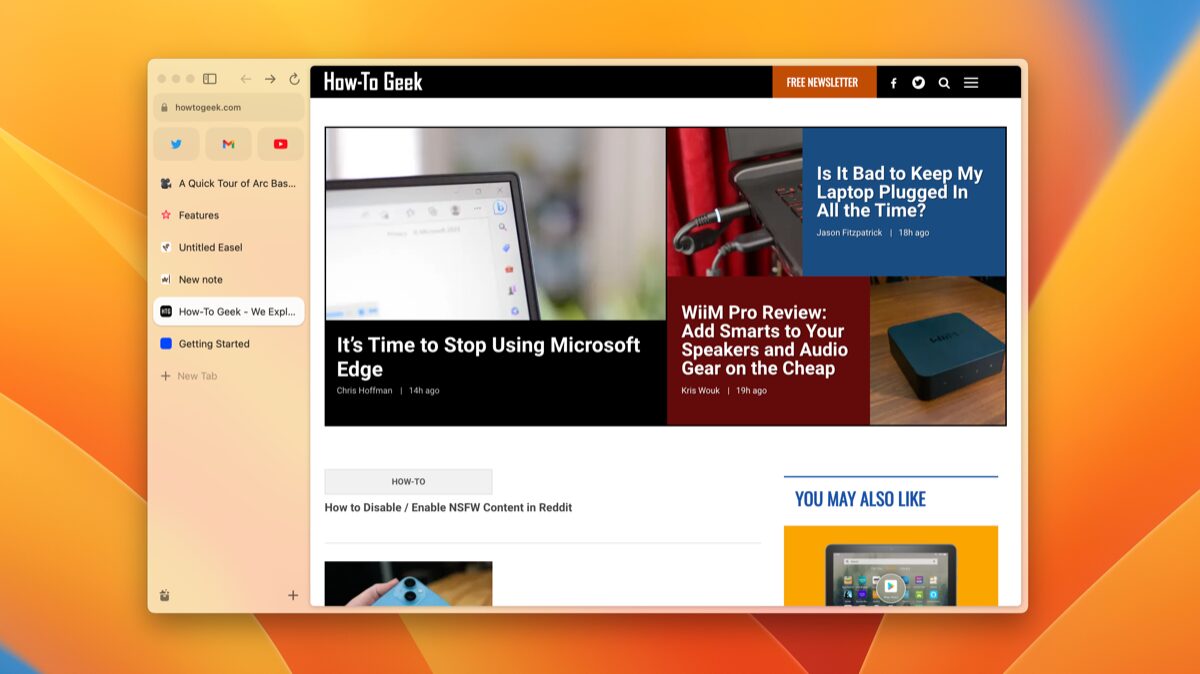iPhone 16 vs. iPhone 16 Pro: Should You Go Pro?
Apple
Quick Links
-
Both Models Get Camera Control and New Colors
-
iPhone 16 Pro Offers a Bigger Display
-
The iPhone 16 Pro Gets a More Powerful A18 Pro Chip
-
iPhone 16 Pro Has a Telephoto Lens
-
Both iPhones Get Faster Wireless Charging
-
Apple Intelligence Will Be Available on Both Models
-
The iPhone Pro Demands a $200 Premium
With the release of the new iPhone 16 models comes the big question: should you go with the regular iPhone 16 with a new A18 chip or spend more money and get the iPhone 16 Pro with better cameras, battery life, and more? Here’s a detailed comparison to answer all your questions.
Both Models Get Camera Control and New Colors
First, let’s address one of the main highlights of the “It’s Glowtime” Apple event: the Camera Control Button. It is a hybrid button on the side of the device that includes a tactile switch, a high-precision force sensor, and a capacitive touch sensor.
Together, these components unlock a completely new experience on the iPhone, wherein you can not only interact with the Camera app but also get information about items in the real world by pressing the Camera Control button. The latter feature, dubbed Visual Intelligence, will arrive later this year as Apple’s response to Google Lens. The Camera Control button is available on both the iPhone 16 and the iPhone 16 Pro.
Unlike the diagonally-placed cameras on the iPhone 15, the iPhone 16 gets a vertical camera setup, wherein both the sensors are stacked one over the other. Further, the new handset is available in five colors: Ultramarine, Teal, Pink, White, and Black.
While the rear panel is still color-infused glass, the front gets a new Ceramic Shield protection that is 50% more durable than its first generation. The enclosure, like the iPhone 15, is built with aluminum. The iPhone 16 measures 5.81 x 2.82 x 0.31 inches (147.6 x 71.6 x 7.80 mm) and weighs 6oz (170g). And yes, the baseline iPhone now has an Action Button.
The iPhone 16 Pro, on the other hand, features a square-shaped camera array that houses three lenses (similar to the iPhone 15 Pro). Unlike the aluminum frame on the regular iPhone 16, the Pro version features a titanium frame and is available in four colors: Black Titanium, White Titanium, Natural Titanium, and Desert Titanium.
Measuring 5.89 x 2.81 x 0.32 inches (149.6 x 71.5 x 8.25 mm), the iPhone 16 Pro is slightly taller than the iPhone 16, making room for a slightly larger screen (more on that later). Last but not least, the Pro version weighs 7.03oz (199g), making it noticeably heavier than its non-Pro counterpart.
In summary, the iPhone 16 Pro is a tad bigger and heavier than the iPhone 16 and features the iconic triple-camera array that immediately separates it from the non-Pro models. The vanilla iPhone 16, on the other hand, provides a slightly more compact form factor with some refreshed colors and now includes the customizable Action Button.
iPhone 16 Pro Offers a Bigger Display
The regular iPhone 16 features a 6.1-inch Super Retina XDR OLED display with a 60Hz refresh rate, which, in my opinion, is a bit disappointing. In contrast, the iPhone 16 Pro flaunts a slightly bigger 6.3-inch Super Retina XDR ProMotion display that can support up to 120Hz.
Apple has managed to pack in the additional screen area by increasing the phone’s dimensions and reducing the thickness of the bezels. Apple claims that the iPhone 16 Pro models feature “the thinnest borders on any Apple product.”
Aside from the size and the refresh rate, both displays share a lot of commonalities. For instance, they have a pixel density of 460ppi, feature Apple’s innovative Dynamic Island, support for True Tone technology, and a peak brightness of 2,000nits. In addition, the screens on these smartphones can also drop to a minimum brightness of one nit. Even the contrast ratio (2,000,000:1) and support for HDR content are similar on both models.
Ultimately, the iPhone 16 Pro provides more screen real estate, which could be beneficial for consuming different forms of content on the device. The ProMotion display technology on the Pro model ensures a smooth 120Hz visual experience, while the slimmer borders are pure elegance. The ProMotion display also allows the phone to drop to 1Hz, allowing an Always-On display for the Pro models.
You can’t go wrong with the iPhone 16. It doesn’t look odd or outdated by any means, but it’s missing a higher refresh rate that Apple’s rivals offer in this price range.
The iPhone 16 Pro Gets a More Powerful A18 Pro Chip
The iPhone 16 features a new A18 chip with a six-core CPU, which, according to Apple, is 30% faster than the A16 Bionic chipset on the iPhone 15. Further, the chipset is “faster than all competition,” a subtle reference to the top-tier chipsets from MediaTek and Qualcomm.
Thanks to the second-generation, 3nm technology, the new chip consumes 30% less power than the A16 Bionic. Then there’s a five-core GPU that is 40% faster than the GPU on the A16 Bionic, too.
Built on the same fabrication technology as the A18 chip, the A18 Pro in the iPhone 16 Pro range features a similar CPU but a six-core GPU that is about 20% faster than the one on the A17 Pro chip. The processor also features machine-learning accelerators, which improve AI-powered experiences on the device by up to 15% compared to the A17 Pro.
With the A18 Pro, the iPhone 16 Pro (and the iPhone 16 Pro Max) takes the crown for the fastest smartphone on the market, at least until Qualcomm tries to challenge it with the Snapdragon 8 Gen 4, which is expected to arrive in Android smartphones later this year.
While the A18 Pro is the champion, the chipsets have a few common features. For instance, both offer hardware-accelerated ray tracing for more realistic shadows and reflections in video games. In addition, both processors support AAA video games with new titles like Honor of Kings: World. Both offer Apple Intelligence AI features, too.
Other common features include a heat dissipation mechanism that improves sustained performance and 17% additional system bandwidth. The iPhone 16 and the iPhone 16 Pro ship with 128GB of storage on the base model. Last but not least, both of them feature a 16-core Neural Processing Unit for handling on-device AI features.
For tech-savvy users, the A18 Pro features a larger cache than the A18, has an improved display engine for ProMotion, and always-on display, and can handle faster data processing for recording higher-quality videos.
iPhone 16 Pro Has a Telephoto Lens
The iPhone 16 has a 48MP (f/1.6) Fusion camera for up to 2x lossless zoom and a 12MP (f/2.2) ultrawide sensor that can also capture macro shots. On the front, users get a 12MP (f/1.9) TrueDepth camera for taking selfies or attending video calls. In comparison, the iPhone 16 Pro also features a 48MP (f/1.76) Fusion camera that provides a similar lossless zoom.
However, the ultrawide camera on the Pro is an upgraded 48MP (f/2.2) sensor, also capable of taking macro shots. Unlike the previous generation, where the 5x telephoto lens was reserved for the iPhone 15 Pro Max, Apple has equipped the iPhone 16 Pro with the same 12MP (f.2.8) telephoto sensor for 5x zoom.
Further, both iPhones feature the new Camera Control button that unlocks new ways to take a picture. While users can launch the Camera app by tapping the button, they can hold the button for a quick video recording. The button can also differentiate between a full click and a lighter press.
Other common camera-related features include the ability to record and shoot spatial videos and photos, the latest-generation Photographic Styles, a Sapphire crystal lens cover, and portrait lighting with six effects.
Certain Apple Intelligence features, particularly the ones for editing pictures, will also be available on both models. However, the new image signal processor in the iPhone 16 Pro supports 4K video recording at 120fps. Users can also adjust the playback speed between 24fps and 120fps after they’ve shot a video. Professionals or enthusiasts may also appreciate the composition guidelines available on the iPhone 16 Pro.
Apple has also worked on improving the audio quality with four microphones on the Pro variant that can record studio-quality input. With the new Audio Mix feature, the iPhone 16 Pro uses machine learning to isolate people’s voices from the background. Users can also play around with different audio settings: In-Frame, Studio Mix, and Cinematic. Like last year, the ability to record Log videos (which are ideal for color grading) is also restricted on the Pro model.
Moreover, the iPhone 16 Pro offers you much more flexibility and versatility in terms of camera performance, while the iPhone 16 offers a pretty robust but limited set of options.
Both iPhones Get Faster Wireless Charging
The iPhone 16 is rated to last for up to 22 hours of video playback, while the iPhone 16 Pro can manage around 27 hours. Clearly, both phones have improved upon the battery life offered by their predecessors. What’s good is that Apple has upgraded the MagSafe wireless charging speed up to 25W (on both models) with a 30W adapter or higher.
The smartphones also support Qi2 wireless charging up to 15W and Qi wireless charging up to 7.5W. Apple also claims that both phones can charge up to 50% in around 30 minutes with a 20W wired adapter.
Apple Intelligence Will Be Available on Both Models
Thankfully, Apple hasn’t restricted its AI features to the Pro variants; both the iPhone 16 and the iPhone 16 Pro will get access to Apple Intelligence, which will be available as a free software update. The first set of AI-enabled features will roll out in beta as part of the iOS 18.1 update expected in October 2024.
Apple Intelligence will include tools that can help users rewrite their messages, proofread their emails, or create emojis by providing a text description. You will also be able to generate images on both handsets, thanks to the Image Playground feature that will arrive soon. Apple Intelligence promises to change the way many users interact with their devices, including the iPhone’s voice assistant Siri, Photos app, Mail, and Visual Intelligence.
Regarding software support, both the iPhone 16 and the iPhone 16 Pro should get the latest operating system upgrades for at least another four to five years. For those wondering, iOS 18 will be available as a stable update on September 16.
The iPhone Pro Demands a $200 Premium
The baseline iPhone 16 with 128GB of storage costs $799, while the iPhone 16 Pro with similar storage costs $999. Both models will be available for pre-order on the company’s official website from September 13 and will hit stores on September 20, 2024.
If you wish to be among the first batch of users who get their hands on the new iPhones, I’d suggest you pre-order a unit instead of waiting for the sales to begin.
|
iPhone 16 |
iPhone 16 Plus |
iPhone 16 Pro |
iPhone 16 Pro Max |
|
|---|---|---|---|---|
|
128GB |
$799 |
$899 |
$999 |
– |
|
256GB |
$899 |
$999 |
$1,099 |
$1,199 |
|
512GB |
$999 |
$1,199 |
$1,299 |
$1,399 |
|
1TB |
– |
– |
$1,499 |
$1,599 |
The iPhone 16 Pro offers a lot of features that the vanilla iPhone 16 doesn’t, but the real question is whether you need those features.
If you’re fine with a 6.1-inch smartphone that offers one of the most powerful chipsets on any smartphone, a dual-camera system, and decent battery life, you can’t make a mistake with the regular iPhone 16. If you’re an iPhone 12 or an iPhone 13 user, the iPhone 16 will be a significant upgrade for you.
However, if having the additional telephoto lens, the most powerful chipset on a smartphone, and a better battery life matters to you, I’d suggest you go with the iPhone 16 Pro, especially if you’re an enthusiast or professional photographer.
-
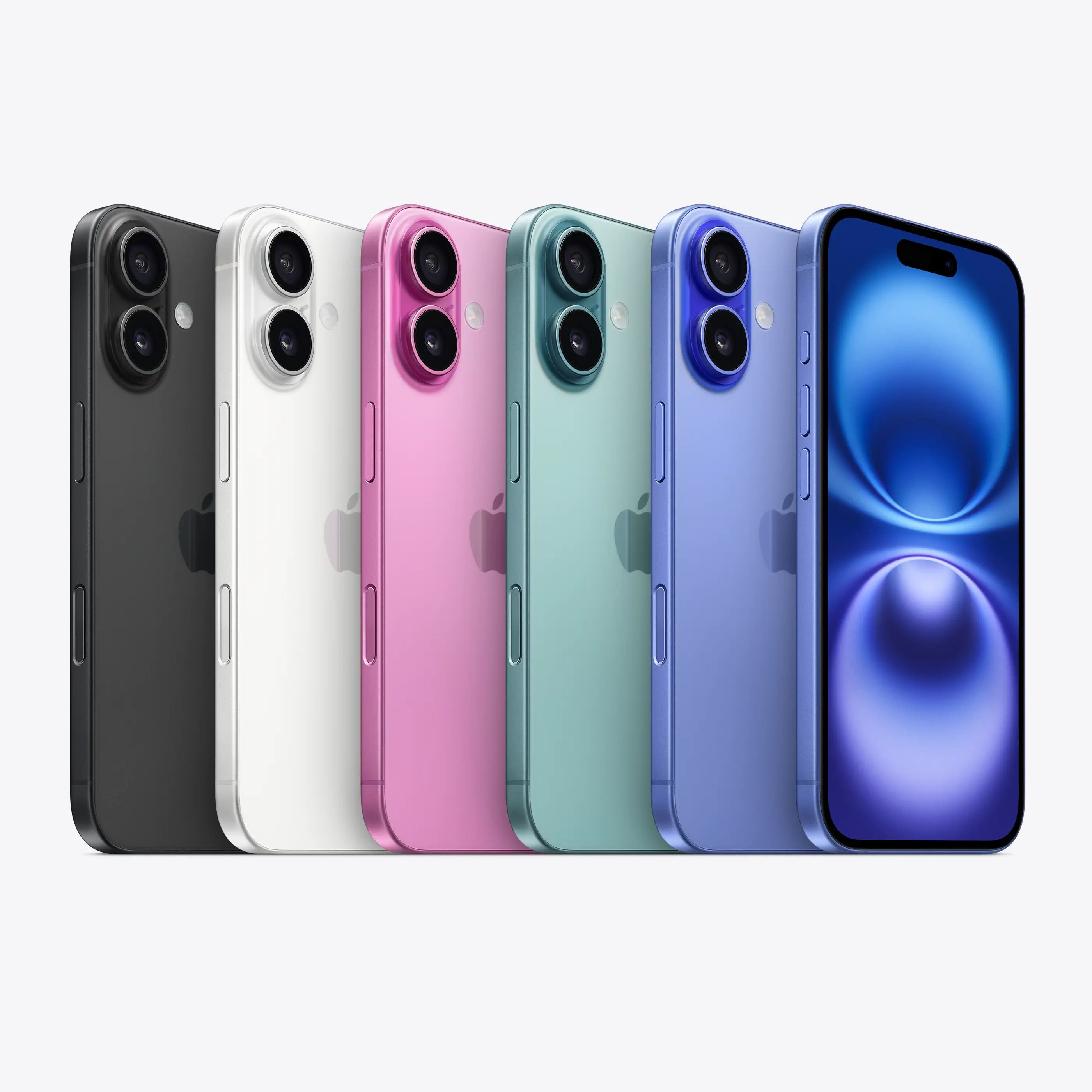
Apple iPhone 16
Apple’s newest iPhone featuring a camera button, programmable action button, and artificial intelligence features.
-
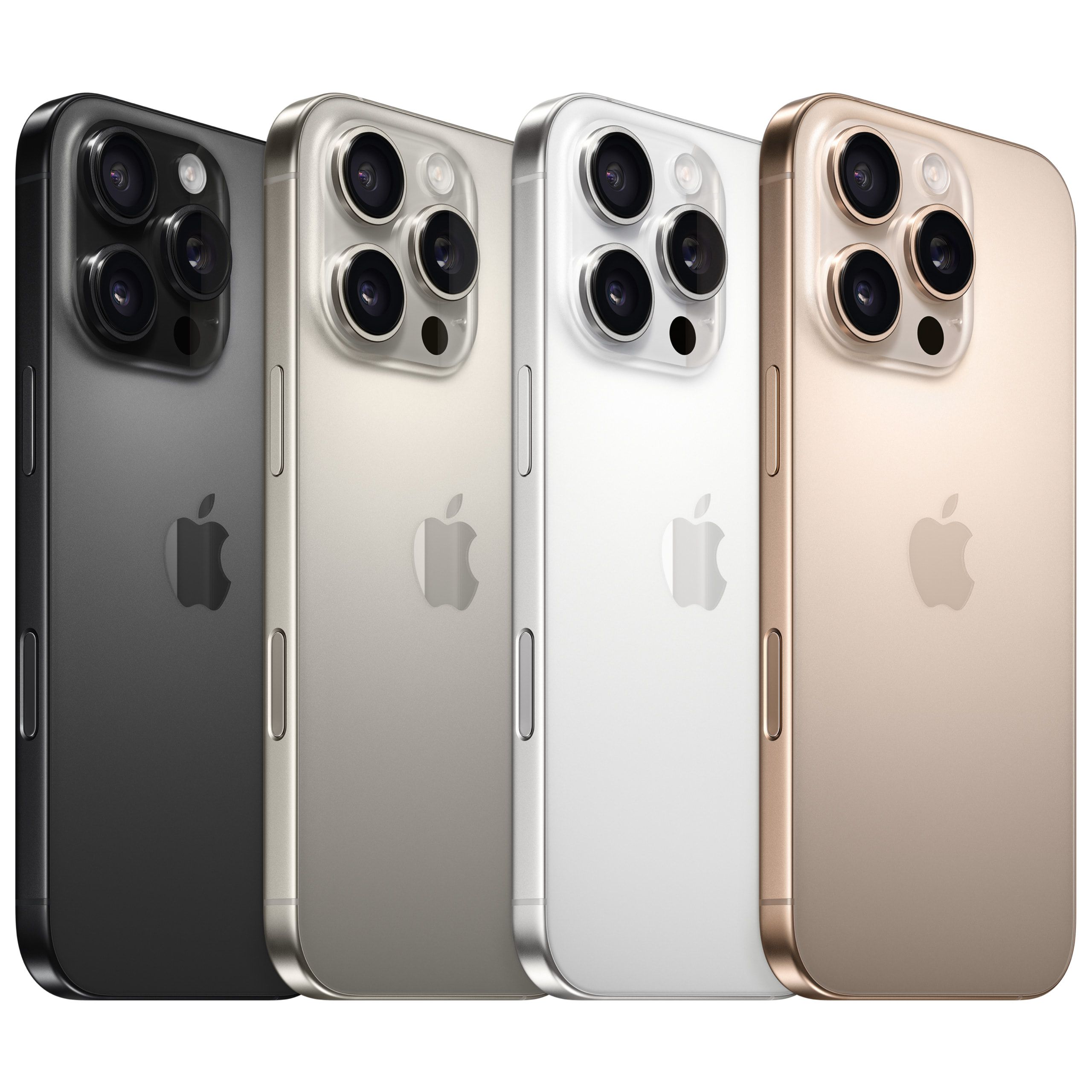
Apple iPhone 16 Pro
A version of Apple’s newest iPhone with a larger screen featuring a camera button, a programmable action button, and artificial intelligence features.








